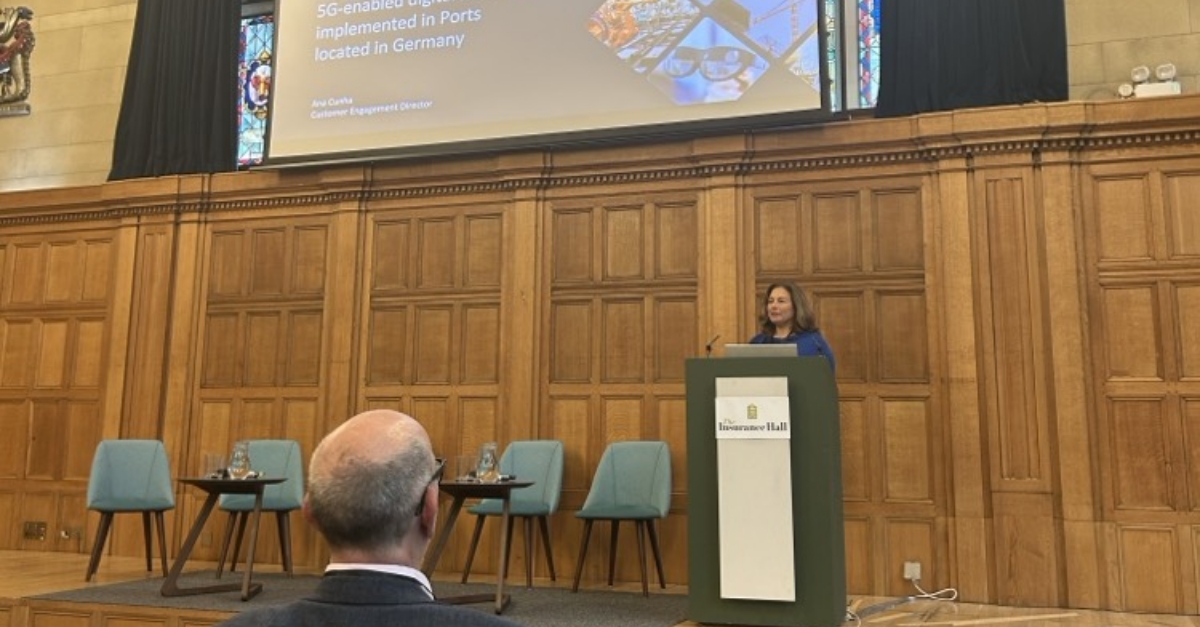Energy suppliers face a number of challenges, such as increasing their efficiency and at the same time being able to integrate renewable energies. In order to fully utilise the benefits of industry-relevant AI use cases such as demand or outage forecasts, a solid foundation is required: Observability.
With the help of real-time monitoring and data quality improvement, observability can enable the successful deployment of multiple AI use cases in the energy industry. COCUS offers customised observability services based on platforms such as Elastic and Splunk, combined with open source technologies such as Opentelemetry, Kafka and Prometheus, to clearly visualise complex systems and create a foundation for intelligent applications.
Observability as a basis for AI applications for energy suppliers
In general, observability includes the monitoring of logs, metrics and traces to monitor the performance of applications and infrastructures. Observability helps to detect errors, resolve problems and proactively optimise systems by providing comprehensive transparency and deeper insights into complex environments.
In this context, observability is crucial for numerous relevant AI applications for the energy sector. Observability tools and customised solutions enable, for example, the monitoring and forecasting of energy demand and generation. Thanks to these insights, energy companies can operate their grids more efficiently and significantly reduce expensive interventions in feed-in management, for example.
Another practical application of observability is the improvement of transparency in the electricity distribution grid. Precise forecasts of future feed-ins and grid loads are the key to optimal utilisation of transformers and lines in order to avoid unforeseen load peaks and maintain grid stability.
COCUS as a partner for customised observability solutions
COCUS has been able to create the basis for data AI use cases in numerous successful observability projects. Here is an example from the automotive industry:
In a project with a leading southern German car manufacturer, COCUS has used Splunk to develop comprehensive dashboards for real-time monitoring of electric vehicle data. The Splunk data usage, analyses and telemetry dashboards provide an overview of the charge level, battery temperature and surrounding charging stations, among other things, and support the determination of locations for the construction of new charging stations.
How energy companies benefit from AI use cases
COCUS observability solutions open up a wide range of opportunities for energy suppliers to optimise their operations using AI applications:
- Anomaly detection: Early detection of irregularities before they become serious problems. Grid overloads or abnormal consumption peaks can be analysed directly and countermeasures taken.
- More precise forecasts: Whether demand, price or consumption forecasts - with the right observability solution, energy suppliers are able to better plan future grid loads. Outage forecasts are also possible thanks to the continuous monitoring of transformers and lines, which reduces outage times and lowers repair costs.
COCUS supports operators of critical infrastructures in optimising their processes through the use of observability and AI-based solutions. The combination of real-time monitoring and intelligent forecasting creates the conditions for efficient energy management based on transparency and precise predictions.
Pioneering technologies for critical infrastructures and energy suppliers
In 2024, observability will not only increasingly form the basis for current requirements in the energy sector, but will also create the foundation for technologies that can be implemented in the long term, such as AI-supported congestion forecasts and grid control. By integrating IT and OT data more closely, energy suppliers can increase both their operational and business efficiency.
The integration of renewable energies, the reduction of feed-in management costs and improved grid transparency are just some of the benefits that can be realised through the targeted use of observability in the energy supply.
With the modernisation of networks, secure connections, higher speeds and lower latency are also required to support smart grid applications. COCUS’ strategic partnership with technology partners Airspan, Cyrus Technology, Frequentis and GCT Semiconductor Holding Inc (NYSE: GCTS) aims to deliver robust end-to-end solutions in the 450 MHz ecosystem that meet the critical communications challenges of utilities.



